Join us on an exciting adventure into the realm of seabirds as we unravel the fascinating lives of terns, those nimble relatives of the familiar gull. We’ll explore their coastal habitats, unveil their unique dietary habits, and delve into the challenges they face, including the incredible adaptations they’ve evolved to survive. From bustling shores to the endless blue, prepare to be immersed in the intriguing world of terns and the vibrant coastal ecosystems they grace.
Seabird Related to a Gull: Diving Deep with the Terns
Ever spotted a bird by the shore that resembled a gull but with a sleeker build, sharper beak, and a more agile flying style? That, my friend, was likely a tern! These avian wonders are like the gulls’ sophisticated cousins—sharing some family resemblance but boasting a unique charm and impressive skills.
Imagine a tern soaring effortlessly above the waves, its slender body and pointed wings slicing through the air like an acrobat. These birds are renowned for their sharp turns and dive-bombing prowess that would make a fighter pilot envious. While gulls often resort to scavenging (or outright thievery!), terns are masters of their own destiny, perfecting the art of plunge diving. Spotting a tasty fish or crab from high above, they plummet into the water with lightning speed to snatch their meal.
When it comes to raising a family, terns exhibit diverse tastes in real estate. Some, like the common tern, prefer a beach bum lifestyle, building simple nests on the sand. Others, like the Caspian tern, opt for penthouse views, constructing nests on rooftops, cliffs, or even those towering wooden poles supporting power lines.
However, life on the coast isn’t always a day at the beach. Terns, like many seabirds, face daunting challenges such as pollution, shrinking fish populations due to overfishing, and habitat loss from coastal development. The good news? Terns are adaptable and resilient creatures. They’ve proven their ability to weather storms (often literally!) and thrive in various environments.
So, the next time you’re near the water, keep an eye out for those sleek, sharp birds dancing with the waves. Terns serve as a reminder that the natural world is brimming with surprises, and every creature, even those seemingly similar to others, possesses a fascinating story to tell if we pause to listen.
Where Do Kittiwakes Live? – Exploring Their Coastal Habitats
Speaking of gulls’ intriguing relatives, let’s turn our attention to kittiwakes—seabirds known for their distinctive appearance and unique habitat preferences. You’ll primarily find these birds around the North Pacific, North Atlantic, and Arctic oceans, always on the lookout for rocky cliffs and coastal areas to call home, especially during the breeding season. In these months, they congregate in massive, bustling colonies, often sharing the space with other cliff-dwelling birds like murres.
Picture a bird adorned with bright white feathers, a sleek gray back (known as a “mantle” in the bird world!), black wingtips resembling an inkwell dip, and a sunshine-yellow beak—that’s our kittiwake! They’re hard to miss, especially when gathered in their lively and sometimes boisterous breeding colonies.
And speaking of those colonies, kittiwakes are quite particular about their real estate. Unlike their gull cousins who might settle on the ground, kittiwakes build their nests exclusively on sheer cliff faces. Talk about a room with a view!
Let’s recap:
- Ocean Homes: Kittiwakes are coastal creatures through and through, favoring the rocky landscapes along the North Pacific, North Atlantic, and Arctic oceans.
- Cliffside Dwellers: Forget fancy nests in trees—kittiwakes construct their homes solely on cliffs, creating bustling communities during the breeding season.
- Distinctive Looks: Their white feathers, gray mantles, black-tipped wings, and yellow beaks make them easily identifiable against the rugged coastline.
- Social Butterflies: Kittiwakes are highly social birds, thriving in the hustle and bustle of their lively colonies.
Kittiwake Diet and Feeding Habits – What Do These Seabirds Eat?
These stylish seabirds, with their black-tipped wings and pearly-gray backs, aren’t scavenging for scraps like some of their gull relatives. Kittiwakes are true ocean lovers, relying entirely on the bounty of the sea to satisfy their appetites. Their menu consists of a smorgasbord of tiny sea creatures: slithering sand eels, shimmering schools of herring, and even the occasional shrimp or wriggling worm.
Kittiwakes are skilled hunters, often spotted bobbing gently on the waves, dipping their heads beneath the surface for a quick snack. Sometimes they’ll even take a shallow dive to grab a tasty morsel.
And what about their adorable, fluffy chicks? Dedicated kittiwake parents ensure their little ones receive the best nourishment, bringing them tender morsels of fish, especially sprats and those ever-popular sand eels.
It’s fascinating to consider how these birds, with their elegant flight and graceful movements, are intricately connected to the web of life in the ocean. They play a crucial role in regulating fish populations and cycling nutrients through the marine ecosystem. Their very existence underscores the importance of protecting our oceans and the incredible creatures that call them home.
Threats to Kittiwake Populations – Conservation Challenges and Solutions
While kittiwakes play a vital role in the marine ecosystem, they face a growing number of threats. These challenges are interconnected, like a tangled fishing net, with each strand representing a different issue.
One major problem is that the ocean, their primary food source, is changing due to climate change. The small fish they rely on, like sand eels, are being forced into deeper, colder water as the ocean warms. This forces the birds to work harder to find food, leaving them with less energy for raising their young.
In addition to climate change, overfishing adds another layer of complexity. Commercial fishing often targets the same fish species that kittiwakes depend on, leaving fewer resources for the birds. This can force them to travel farther for food, increasing their exposure to predators and the risk of starvation.
Furthermore, their nesting habitats are under threat. Coastal development and human activities can damage or completely destroy their cliffside nesting sites, making it difficult to find safe havens for raising their chicks.
Tackling the Challenges: Solutions for a Brighter Future
The situation may seem daunting, but there’s hope! Just like untangling a fishing net, we can address these problems through thoughtful actions.
1. Combatting Climate Change:
This requires a global effort. By reducing our greenhouse gas emissions, we can slow down climate change and its impact on the ocean. Switching to renewable energy sources, improving energy efficiency, and protecting forests are all crucial steps.
2. Fishing Smarter, Not Harder:
Sustainable fishing practices are essential to ensure enough fish for both humans and seabirds like Kittiwakes. This means setting limits on catches, using fishing gear that minimizes bycatch (unintentionally caught species), and protecting important marine habitats from destructive fishing practices.
3. Creating Safe Havens for Kittiwakes:
Protecting existing Kittiwake nesting sites and restoring degraded ones is vital. Establishing marine protected areas, limiting human disturbance in sensitive areas, and implementing habitat restoration projects can provide these birds with safe havens for breeding and raising their young.
By working together and implementing these solutions, we can help ensure that these remarkable seabirds continue to grace our coastlines for generations to come.
Wondering what other seabirds resemble gulls? Curious about the most common gull species? Don’t miss out on these informative articles! Click to learn about what bird looks like a sea gull and what is the most common sea gull!
- Crypto Quotes’ Red Flags: Avoid Costly Mistakes - June 30, 2025
- Unlock Inspirational Crypto Quotes: Future Predictions - June 30, 2025
- Famous Bitcoin Quotes: A Deep Dive into Crypto’s History - June 30, 2025
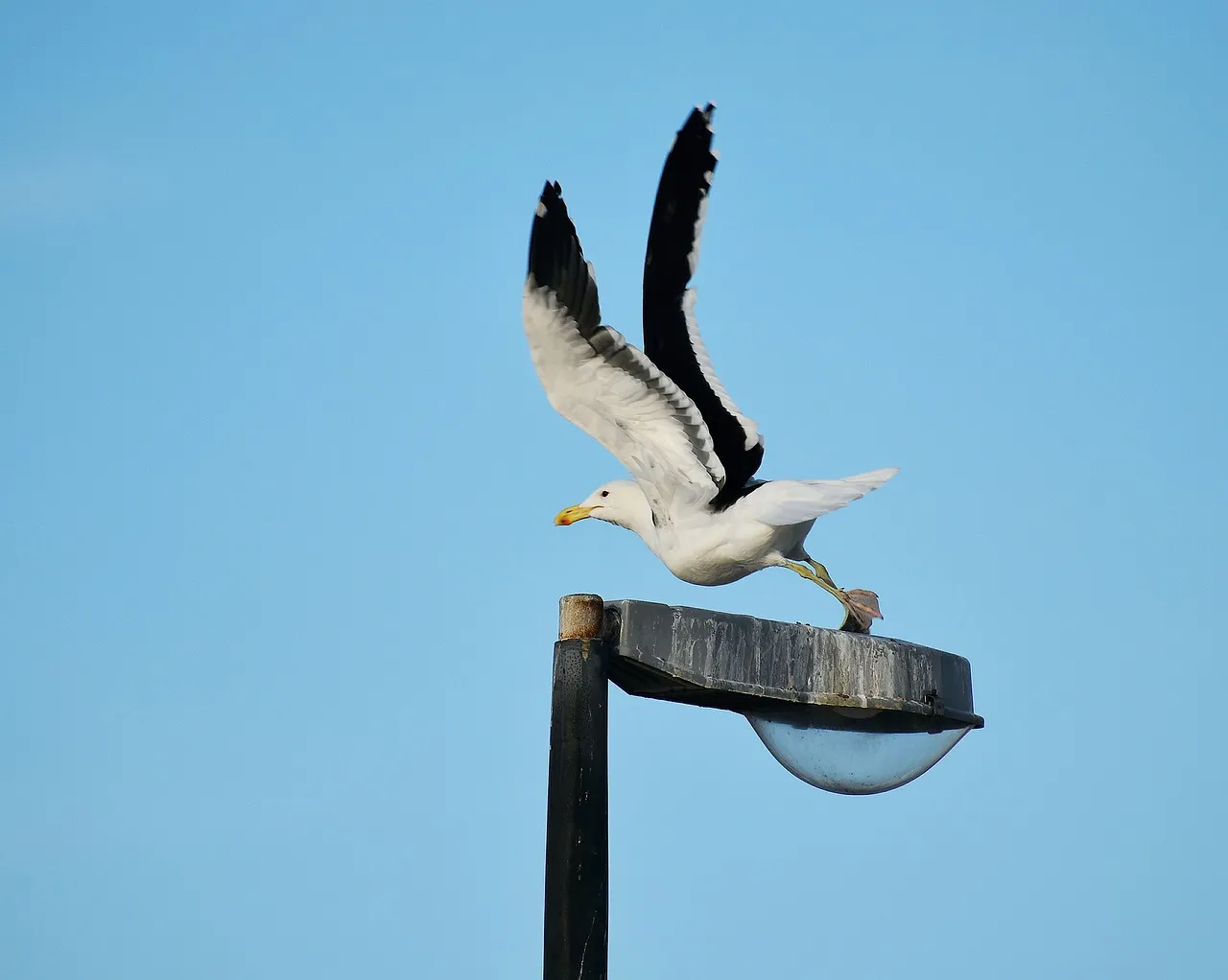


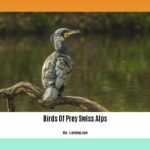
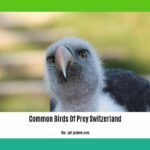
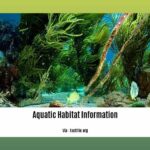
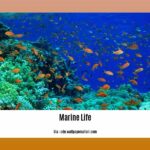










Comments are closed.